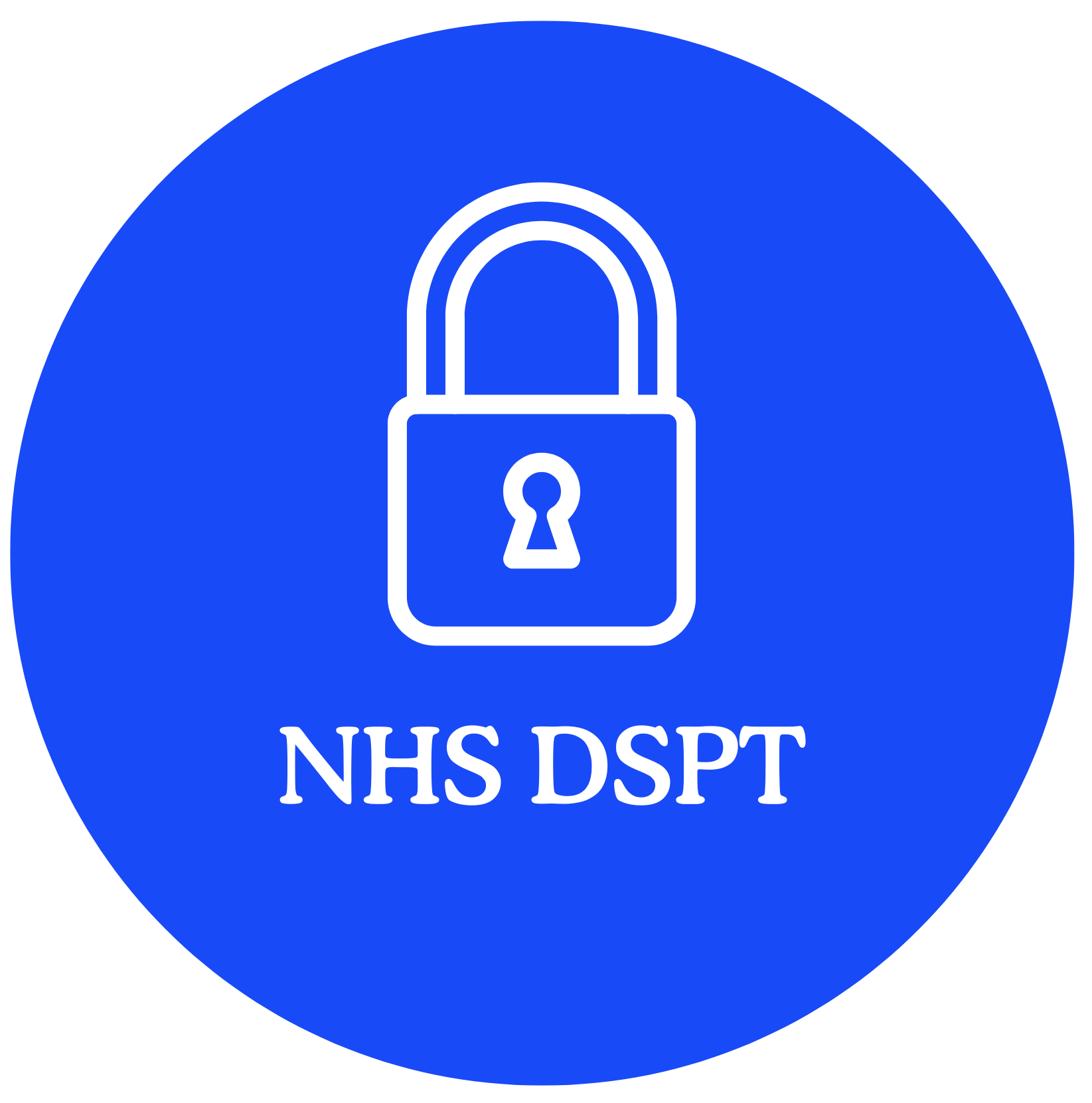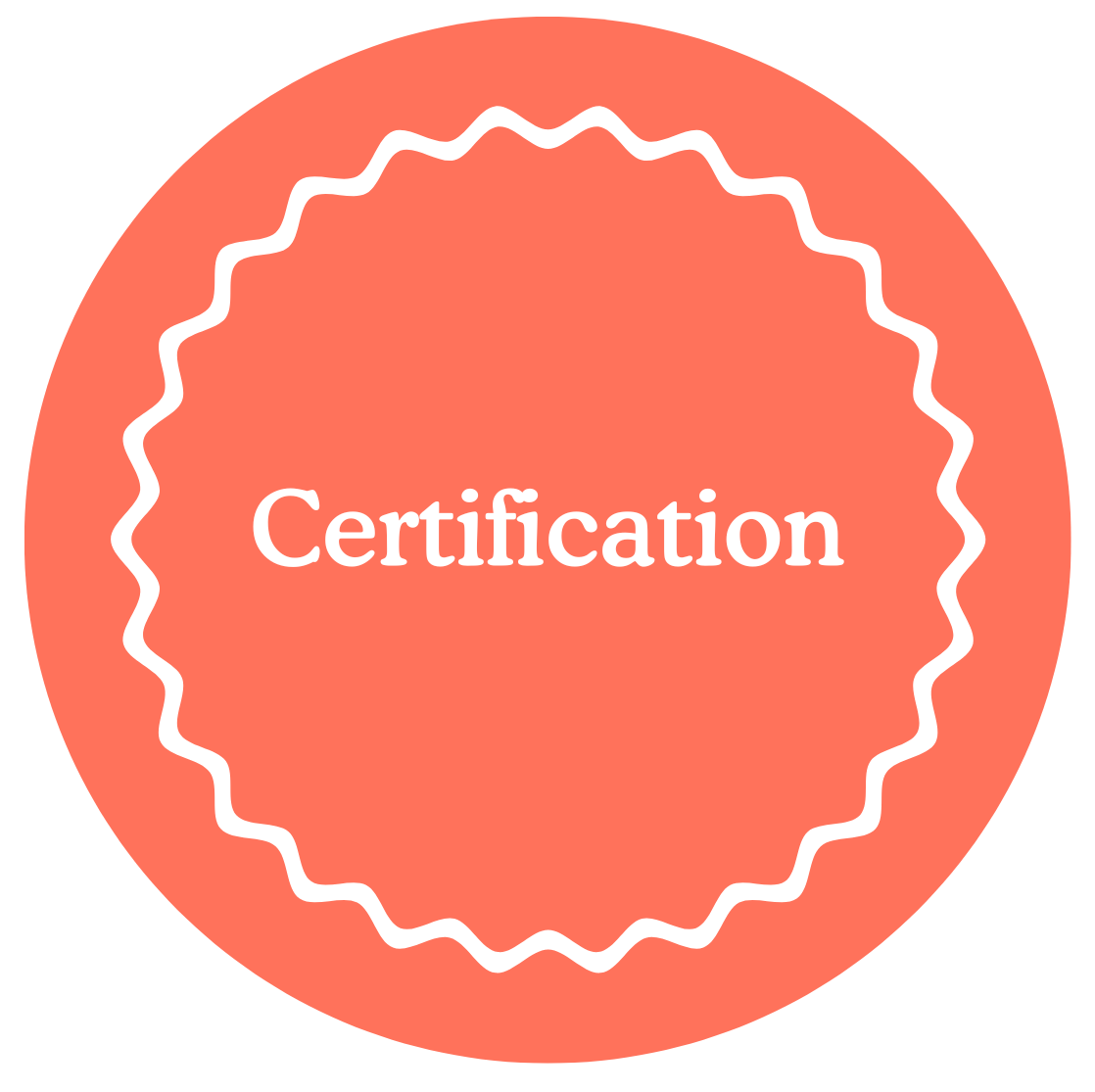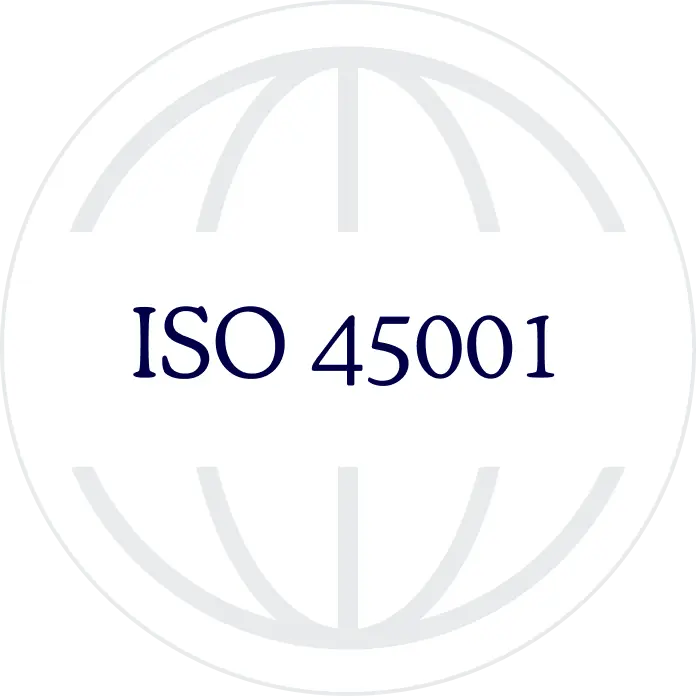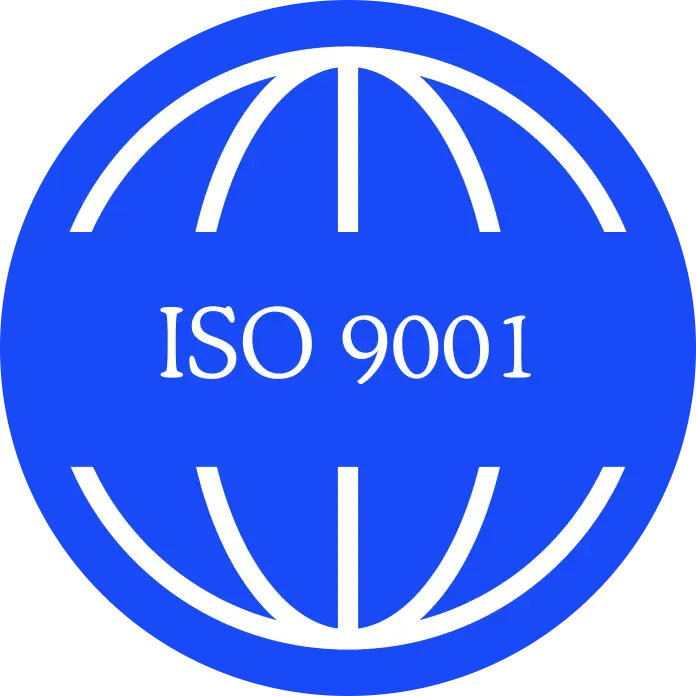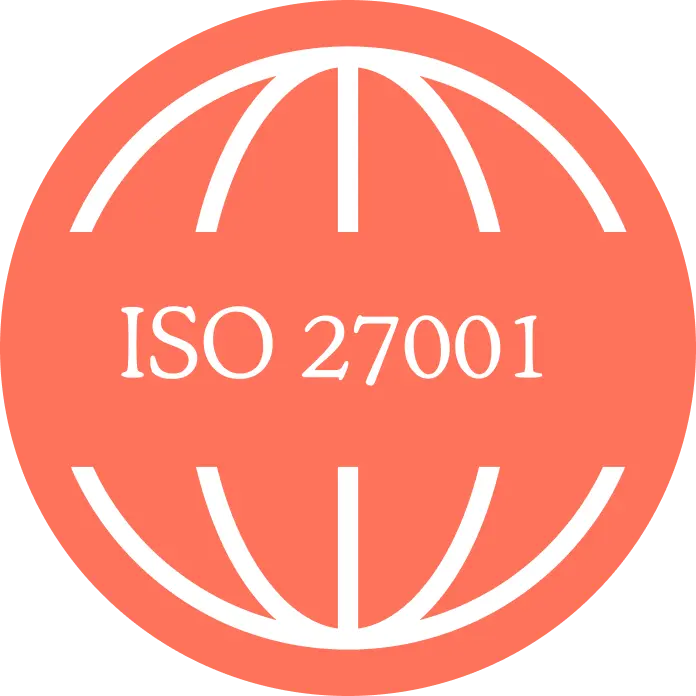A guide to ISO 14001:2015
ISO 14001:2015 is a global standard used to confirm that your business is working in an environmental manner and that you consider the impact your actions have on our Earth. Its purpose is to:
- Help businesses to build strong environmental management systems
- Create a benchmark against which the performance of companies can be judged
- Help businesses reduce their impacts on the environment and set objectives to make a positive impact
Why is ISO 14001 certification so important?
There are a number of benefits to having a well implemented ISO 14001 Environmental Management System:
It strengthens your credibility, helping win projects
Without a doubt, the ability to show clients that you have a certified environmental management system in your business is one of the most powerful arguments for achieving certification. Having an independent third party verify your organisations environmental performance sends a strong message to clients and prospective clients that you will deliver your services in a way that minimises the impact on the environment.
It creates opportunities for cost savings
There are numerous ways in which improving your organisations environmental performance helps to reduce costs. Be it from more fuel efficient vehicle fleets, reduced travel costs by promoting remote meetings, or lower energy bills due to enhanced environmental behaviours, ISO 14001 helps you focus on these improvements and take action.
It ensures you meet legal requirements
The environmental legal requirements placed upon businesses will differ, however ISO 14001 requires all businesses to consider the legislation that applies to them and how they will fulfil it. In some cases this will highlight legislation or controls that are missing and need attention to prevent the potential for fines and legal action.
It helps you meet society’s expectations
Environmental awareness in society has never been greater. It is the expectation of consumers that businesses do not negatively impact the environment during their activities. ISO 14001 provides business with the language required to have these conversations and demonstrate the tangible actions they are employing to have a positive impact.
All companies have an ethical responsibility to the environment
It is the ethical duty of businesses to work in a way that does not harm the environment. ISO 14001 helps businesses to carefully analyse all the ways they are currently impacting the environment and put in place objectives to improve performance.
How is the standard structured?
When you first look at the standard, the layout and terminology can be confusing. However, as you understand further how ISO 14001 is structured the logic starts to appear.
The 10 Clauses
The ISO 14001:2015 standard is written around 10 clauses. Of the ten clauses, it is clauses 4-10 that are audited. Clause 1-3 are used to set the scene of the standard but are less important when it comes to your ISO 14001 implementation.
Clause 4 – Context of the Organisation
Your organisation must identify, monitor and review external and internal issues that are relevant to your business and its environmental performance. This may be the way in which your business impacts the environment, or the way in which environmental conditions impact your business. You should document your findings and review them regularly.
This clause also asks you to document all the interested parties who have needs and expectations of your business. Finally, this is the clause that suggests that you should have documented environmental processes and procedures, e.g. for how you analyse your environmental impacts; how you control the adverse environmental occurrences such as fire, flood or spill; or how you manage environmental decisions in the design of a product or service.
Clause 5 – Leadership
Leadership involvement is a critical component in making an environmental management system work, and for this reason, the standard makes it a requirement. Leadership are required to create your Environmental Policy, set environmental objectives, be present in the environmental reviews and communicate the importance of environmental performance throughout the organisation. Some of the ways leaders are involved will be tangible, e.g. the writing of the Environmental Policy, but in other ways their involvement will be intangible, e.g. by acting in a way that positively promotes an environmentally conscious culture.
Clause 6 – Planning
In Clause 6 you need to demonstrate that you have planned the processes and controls needed to manage your environmental performance. There are a number of key parts to this:
i. The standard asks you to document the major risks facing your organisation. These risks should be linked to your environmental aspects, your compliance obligations, the contextual issues (Clause 4) and the needs and expectations of interested parties.
ii. A second key elements of Clause 6 is the requirement to document your organisations environmental aspects and associated impacts. Aspects are each element of your activities, products and services that can interact with the environment. These can include discharges to water, emissions to air, waste and use of natural resources and materials. Each of these aspects can have one or more environmental impacts. You are required to assess the significance of these impacts and put controls in place.
iii. Next you need to consider all the compliance requirements on your business, from a legal and contractual point of view. This review of compliance legislation can be a specialist task and if you don’t have the expertise internally, you can make use of compliance specialists (such as 2SB) or online compliance software services.
iv. The final element in Clause 6 is setting environmental objectives. This can apply at different levels – strategic, project, product, service or process. Objectives should be chosen to drive the environmental performance of the organisation forward.
Clause 7 – Support
This section of the standard is about all the pieces of a management system that act like the oil, allowing everything else to run smoothly. You should make sure you have a representative with sufficient environmental knowledge, consider how you will make staff aware of environmental practices and how you will communicate internally and externally on environmental issues.
Clause 8 – Operations
Clause 8 states that your organisation should carry out its operations in a controlled manner, ensuring any changes do not compromise your environmental performance. An important consideration is the ‘life cycle perspective’. This means you need to ensure that environmental considerations are made from the design and development stages, through to procurement, product & service delivery and end-of-life treatment. Evidencing this clause to an assessor is usually done through a walk through your workspace, observation of a job or project from end-to-end and interviews with staff.
As an organisation you will also need to have the correct processes in place to prevent emergencies occurring (fire, flood, spill etc.), and arrangements in place for dealing with them if they do occur. These plans should be periodically tested where applicable and staff trained upon them.
Clause 9 – Performance evaluation
There are four main components of performance evaluation. Firstly you will need to demonstrate that you are monitoring your environmental performance, be it power usage, carbon emissions or production of waste as examples. Secondly is a periodic evaluation of compliance in which you need to confirm you are working in line with all the legislation that applies to your business. Thirdly is the important business of internal auditing – you will need to demonstrate that you regularly audit all the key components of the management system to review performance. Lastly, you will need to hold periodic ‘management reviews’ in which the person responsible for the daily running of the management system reports back to the leadership team against a set agenda.
Clause 10 – Improvement
The key mechanism for continual improvement is a ‘nonconformance process’. Although this sounds a bit foreboding, it is actually a constructive way to review your systems when something goes wrong and address the root cause of the issue. It is not about finding fault with individuals, rather the focus is on understanding why a process has broken down. The other half of improvement is the general way in which your business continually improves how it operates, either through small incremental changes or larger step changes.
What does it take to be successful?
Here are what we consider to be the key ingredients to make a really strong environmental management system. It is also important to recognise that ISO is a journey and no company will have a perfect system in the first few years. It takes learning and continual improvement to embed environmental issues at the heart of a business:
Senior manager involvement
Senior management must be involved to give legitimacy to the environmental management system, ensure the team buy in & provide the resources needed. Senior management also need to be onboard so that environmental issues are considered when planning major business initiatives.
Engagement of staff
Staff should be trained on environmental processes and the importance of environmental practices to the business. Staff should be encouraged to make suggestions for improvement. Many of the best ideas come from those undertaking the business processes.
Thirst for continual improvement
A number of influential members must have a real desire to push the business to continually improve its environmental performance – the business should provide an opportunity for team members to voice these opportunities for improvement.
Consistency & discipline
The Environmental Management System should not be a once-a-year consideration just before the auditors come in – instead work should be carried out on the management system little and often (e.g. spreading the internal audits throughout the year; or arranging quarterly environmental meetings).
Dare to lead
It is possible to maintain an ISO 14001 certification without really pushing the envelope on environmental performance. However it is our experience that those organisations who put environmental performance as a central consideration in their business and take bold & proactive steps to doing things differently are recognised for doing so.
Need more guidance?
Our experienced consultants are available to support you through the process. We can help you perform a gap analysis to understand where your strengths and weaknesses are, host educational sessions to talk you through the requirements of the standard or help you with a full implementation.
Need more information on how the Implementation and Certification process works?

